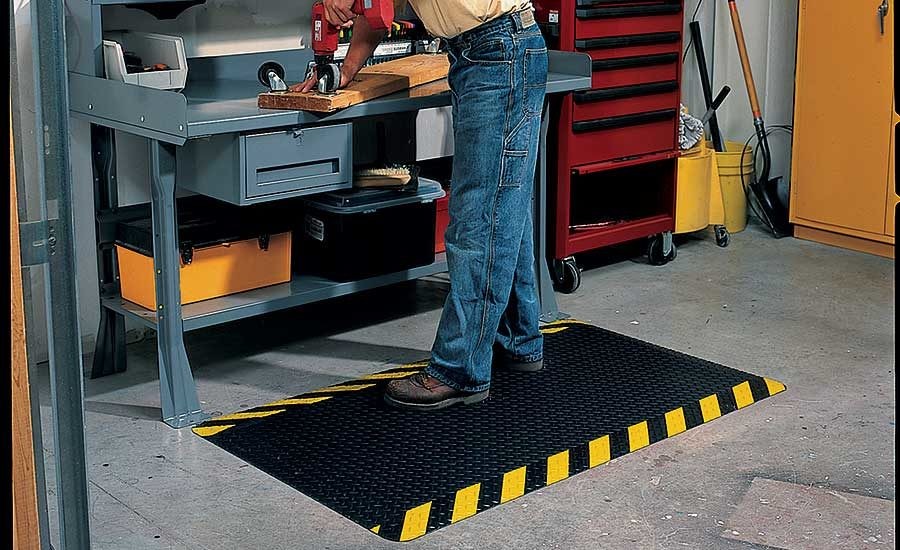Anti-fatigue matting is often overlooked in workplace design, yet it can significantly impact a company’s bottom line. Understanding how these mats save money helps justify their inclusion in any workspace where employees stand for extended periods.
1. Enhancing Employee Comfort and Productivity
Anti-fatigue mats are designed to reduce discomfort and fatigue for employees who stand for long hours. Standing on hard surfaces can lead to leg pain, back pain, and overall fatigue, which decreases productivity. By providing a cushioned surface, these mats improve comfort, allowing employees to focus better and work more efficiently.
2. Reducing Workplace Injuries
Workplace injuries are a significant expense for companies. Anti-fatigue mats help reduce the risk of injuries related to prolonged standing. These mats promote better posture and reduce the strain on joints and muscles, which can prevent common workplace injuries such as back pain and leg strain. Fewer injuries mean lower medical costs and fewer workers’ compensation claims.
3. Lowering Absenteeism
Comfortable employees are less likely to take sick days. Anti fatigue mats help reduce the physical strain that leads to chronic pain and fatigue, contributing to lower absenteeism rates. This consistency in attendance ensures that work processes run smoothly, saving money that would otherwise be spent on temporary replacements or overtime pay.
4. Increasing Employee Retention
Employee turnover is costly. When employees leave, companies incur expenses related to recruiting, hiring, and training new staff. By investing in anti-fatigue mats, companies can enhance workplace conditions, leading to higher job satisfaction. Satisfied employees are more likely to stay, reducing turnover rates and the associated costs.
5. Improving Quality of Work
When employees are comfortable and less tired, they can focus better on their tasks. This increased focus and energy can improve the quality of work, leading to fewer mistakes and higher efficiency. Better quality work reduces waste and increases overall productivity, contributing to cost savings.
6. Energy Savings
Standing on hard floors can lead to fatigue, causing employees to take more frequent breaks. Anti-fatigue mats help reduce the need for these breaks, leading to a more consistent work pace. This can result in energy savings as equipment and machinery are used more efficiently, and workflow disruptions are minimized.
7. Extending the Lifespan of Flooring
Anti-fatigue mats protect flooring from the wear and tear caused by constant foot traffic. This protection extends the lifespan of the flooring, reducing the frequency and cost of repairs and replacements. Long-term savings on maintenance and replacement costs add up, making anti-fatigue mats a wise investment.
8. Customization and Versatility
Anti-fatigue mats come in various sizes, materials, and designs to suit different work environments. This versatility means they can be used in various settings, from industrial areas to retail spaces. Investing in customized solutions ensures that each workspace gets the appropriate level of comfort and protection, maximizing the benefits.
Conclusion
Anti-fatigue mats offer numerous financial benefits for companies. They enhance employee comfort, reduce injuries, lower absenteeism, and improve retention rates. Additionally, they contribute to better work quality, energy savings, and extended flooring lifespan.
By investing in anti-fatigue matting, companies can create a healthier, more productive work environment while also saving money in the long run. This simple addition to the workplace proves to be a cost-effective solution with significant positive impacts on both employees and the company’s financial health.


